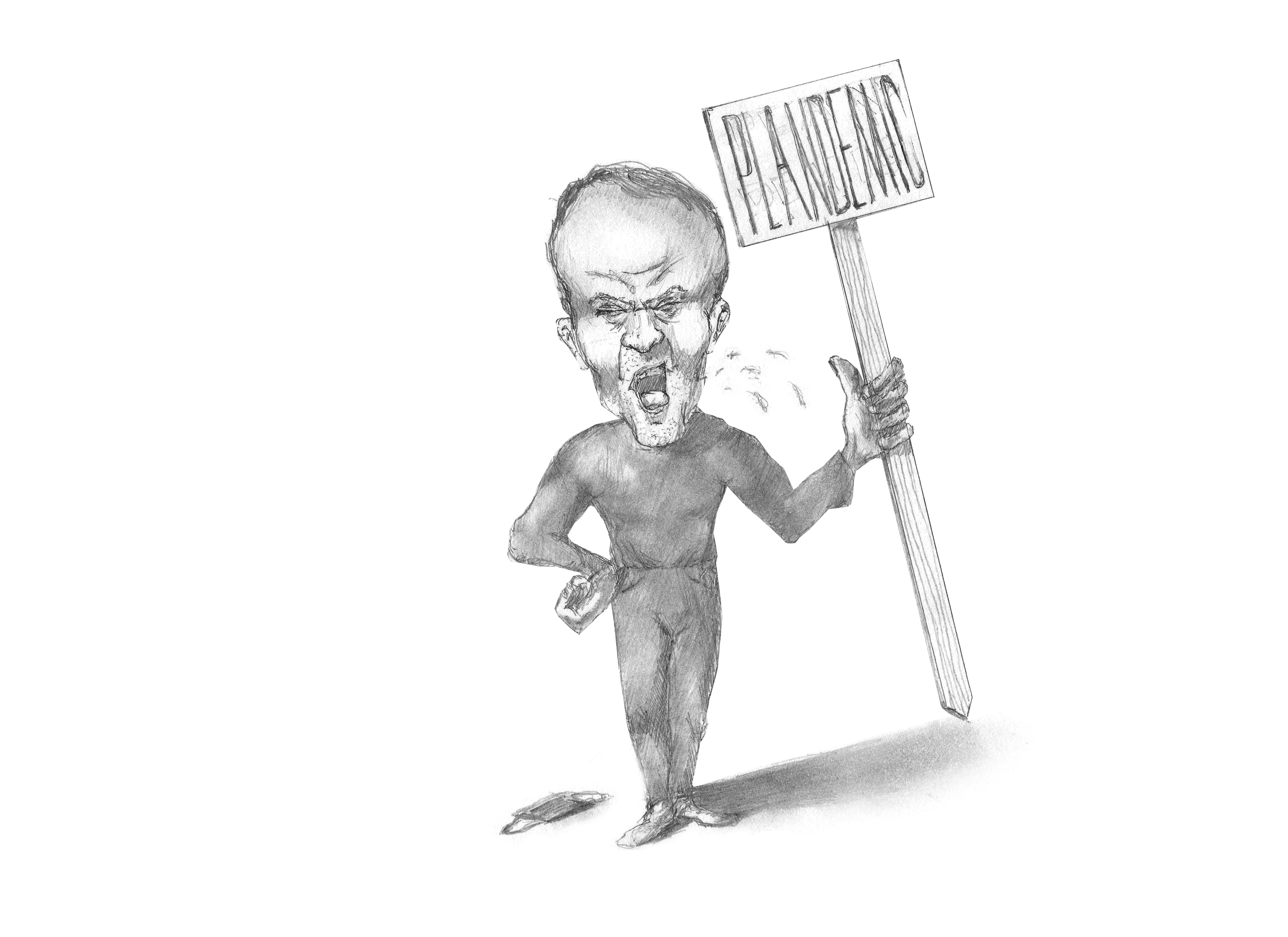A new report produced by Manitoba Clean Environment Commission (CEC) provides a scathing indictment of Manitoba Hydro’s treatment of Indigenous peoples, northern people, their way of life and their homes.
To understand how a crown corporation tasked with acting in the interest of stakeholders, the people of Manitoba, could harm some of those very stakeholders, Manitoba Hydro’s actions must be contextualized within the framework of Canada’s history and economic system.
The harrowing testimony given to the CEC by First Nations and produced in the report, which speaks of grotesque violence, exclusion and dispossession committed against Indigenous peoples, is well positioned within the larger context of Canadian history.
Canada’s vast wealth and resources is predicated on the dispossession of Indigenous peoples from coast to coast to coast. The Mississauga First Nation, whose traditional land encompasses Toronto, had their land stripped by treaties between 1783 and 1820. The Mississauga entered the negotiations with vastly different ontologies, but the negotiations were conducted within the Euro-Canadian ontology. This was after the Mississauga proved to be a vital ally in defending the colonial Canada during the Seven Years War and the American Revolutionary War.
The land, waterways and resources accessed through the dispossession of the Mississauga helped provide the material base of Toronto’s and, by extension, Canada’s wealth.
In the Prairies, various First Nations were systematically starved by the Canadian state, resulting in the material conditions necessary to force Indigenous peoples onto reserves. The fertile land acquired from this brutal dispossession acted as the breadbasket for the entire settler state.
So, when members of Fox Lake Cree Nation recounted the systemic removal of their homes in Gillam — bulldozed to the ground — during the 1960s under the guise of removing squatters to accommodate new trailers to house incoming Hydro workers, Manitoba Hydro was acting with the weight of Canada’s history at their back.
Manitoba, because of the protracted dispossession of Indigenous peoples, now has a robust and cheap electrical system. Manitoba Hydro is a celebrated institution — rightly so — for undertaking major electrification projects, both rural and urban, that the market system would have never undertaken.
But Manitoba Hydro exists within the market system, even though some of its work has been antithetical to it. And it is preciselybecause of Hydro’s position within the market system that, coupled with Canada’s history, it was able to carry out the atrocities documented in the CEC report.
The capitalist market is filled with contradictions. The inner contradictions of capitalism, once reaching the inevitable apex of market crisis, must be subdued by either bringing something new into the sphere of the market or, in the modern age, unleashing a brutal regime of neo-imperialist policies to offload profits from the saturated capitalist core to the perpetual periphery in order to generate super-profits.
Indigenous peoples, in part, maintain an Indigenous mode of production that is distinct from and directly opposed to capitalism. As a result, the solutions to market crises have often been at the expense of Indigenous peoples. Moreover, Indigenous peoples’ land and homes remain outside the purview of the market, making them particularly attractive for the expansionary market fix to capitalism in crisis.
The CEC report is teeming with examples of this process.
When Manitoba Hydro flooded Chemawawin Cree Nation land and forced the community to relocate in 1960, it did so because the market placed no value on the land. That land was principally used to facilitate the aforementioned Indigenous mode of production. To destroy it would help to choke out the material and social basis of the mode of production and, counter to the intuitive, create potential market value.
The massive hydro dam projects in the ’60s and ’70s that formed the backdrop of the horrific stories found in the CEC report are also a direct expression of temporary fixes for the contradictions of capitalism.
The sheer amount of materials and manpower required to bring into existence Manitoba Hydro’s sprawling northern infrastructure made the northern expansion an important release for pent-up, uninvested profits for much of central Canada. Public works, including those helmed by Hydro, play a vital role in temporarily stabilizing capitalism.
Moving forward, the provincial government should work with Indigenous peoples to restore and grow modes of production that lie outside of capitalism. Whether that be a socialist mode of production or what Indigenous scholar Glenn Coulthard calls for, expanding the existing Indigenous mode of production.
But without understanding the capitalist system’s underlying role in all of this and acting to dismantle the processes that enabled the dehumanization and dispossession of Indigenous peoples, the CEC report’s lessons will never be understood.
And to be clear, there is a deep desire by ardent supporters of capitalism to confuse this issue.
So, when right-wing columnists rightly criticize Manitoba Hydro over its egregious crimes, there is a fundamental need to contextualize the actions of the crown corporation while doing so. Because those very right-wingers will use this CEC report to vulgarize the true underpinning causes of what is found in the CEC to privatize Hydro.
And of course, capitalism’s insatiable desire to marketize everything will gladly oblige. Then, when the next crisis comes, Indigenous peoples will again bear the brunt of the brutal market solutions imposed to repair the illogical and unstable market system. Meanwhile, no real understanding or repair of, nor plan of action to address, the problems raised in the CEC report will ever materialize.




